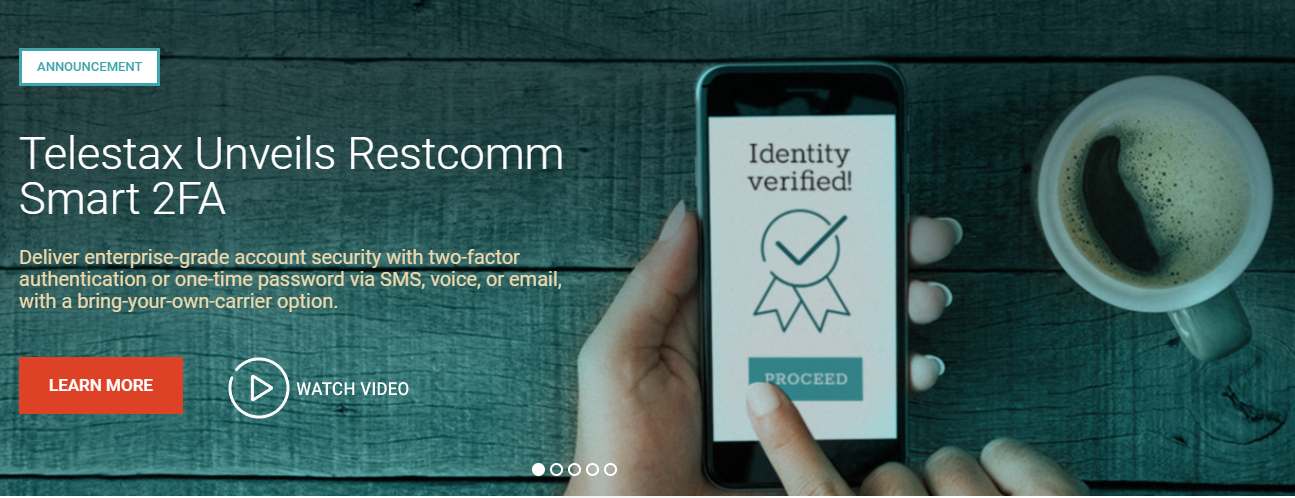

#Webex teams api free
Once you’ve added your new team member, you’ll just need to decide if you want them to be a Moderator or not (note that moderated rooms is a paid feature, so if you’re using a free account’s auth token to test, you won’t be able to set someone as a Moderator) and then hit Run. The value for teamId will be the id you copied earlier – add it under ‘Your values’, then add a personId or a personEmail – personId can be retrieved using this people resource (discussed here), but email works just as well. You should see a total of four Request Parameters – teamId, personId, personEmail, and isModerator. Click the link ‘Create a Team Membership’, which will bring you to this page. We’ll add another team member to the room next – grab the value for the id parameter in the Response and then click the ‘Team Memberships’ link on the left hand sidebar of the developer portal.

You should see your new Team listed (assuming you’re logged in to the Spark client with the same user you’re using on the developer portal). Now go back to your Cisco Spark client and click the Teams option on the left hand side: If it works, you should see a Request and Response that looks like the following: Click the ‘Create a Team’ link, which will bring up this page:Īs long as Test Mode is set to ON, you can run the Team creation request right from this window – fill in a value for name and then hit the Run button. To start, go to, click ‘Documentation’ along the top and then the ‘Teams' on the left hand sidebar. Note that while we will be walking you through the process using the developer portal, you can run all of these requests using your preferred REST client as well. In this blog, we’ll walk you through a few of the typical use cases – creating a team and adding members to it, viewing the members of a team, removing a team membership and then deleting a team entirely. Such a vital part of Cisco Spark needs an equally robust representation in the API, and we’re happy to announce the availability of the new /teams and /team resources.

Teams can be function specific – support, engineering, marketing – or specific to projects, with members from multiple groups collaborating together. Teams are an integral part of Cisco Spark, allowing anyone to create a space for your real-life team to discuss projects and make decisions.


 0 kommentar(er)
0 kommentar(er)
